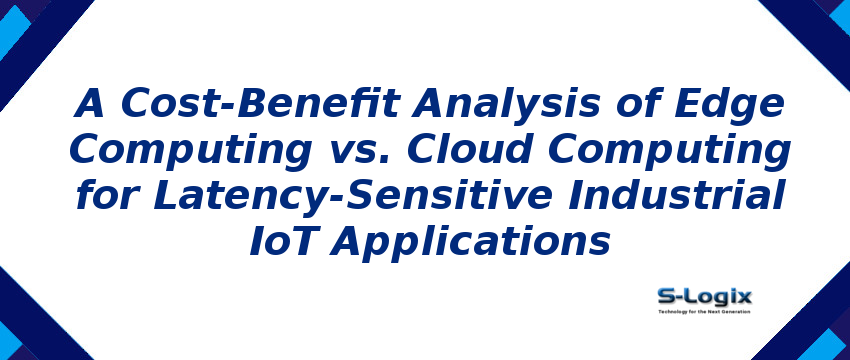
| GCP Service | Purpose |
|---|---|
| Cloud IoT Core | Connects and manages IoT devices, streams sensor telemetry to edge or cloud pipelines. |
| Edge TPU / IoT Edge Devices | Runs ML inference locally on edge devices to reduce latency. |
| Pub/Sub | Streams real-time sensor data from edge or devices to cloud pipelines. |
| Dataflow | Processes streaming or batch IoT data in the cloud for analytics and ML inference. |
| Vertex AI / Cloud ML | Trains and deploys ML models in the cloud; supports predictive analytics for industrial IoT. |
| BigQuery | Stores historical IoT and processed data for analytics and benchmarking. |
| Cloud Functions | Automates alerts, triggers workflows, or sends results from edge/cloud pipelines. |
| Cloud Monitoring / Logging | Monitors latency, throughput, resource utilization, and operational performance. |
| Cloud Storage | Stores raw sensor data, processed datasets, and model checkpoints. |
| Looker / Data Studio | Visualizes latency, cost, bandwidth, and performance comparisons between edge and cloud. |
| Cloud Key Management Service (KMS) | Secures sensitive IoT data and ML model communications. |